Occupation Poet Genre Symbolist | Name Germain Nouveau Role Poet | |
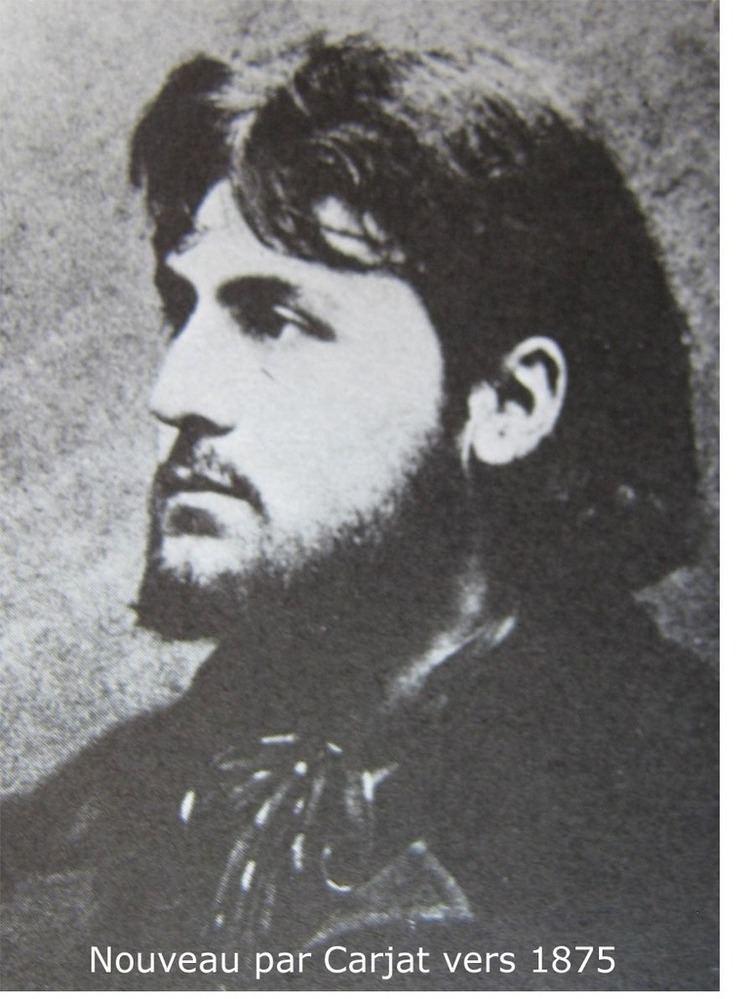 | ||
Died April 4, 1920, Pourrieres, France | ||
Les illuminations d arthur rimbaud sont elles de germain nouveau partie 2
Germain Marie Bernard Nouveau (1851-1920) was a French poet associated with the symbolist movement.
Contents
- Les illuminations d arthur rimbaud sont elles de germain nouveau partie 2
- Germain NOUVEAU Le Mendiant tincelant France Culture 1974
- Early life
- Early career
- Mid Career Travel and Mental Illness
- Religious Conversion and Pilgrimage
- Legacy
- References
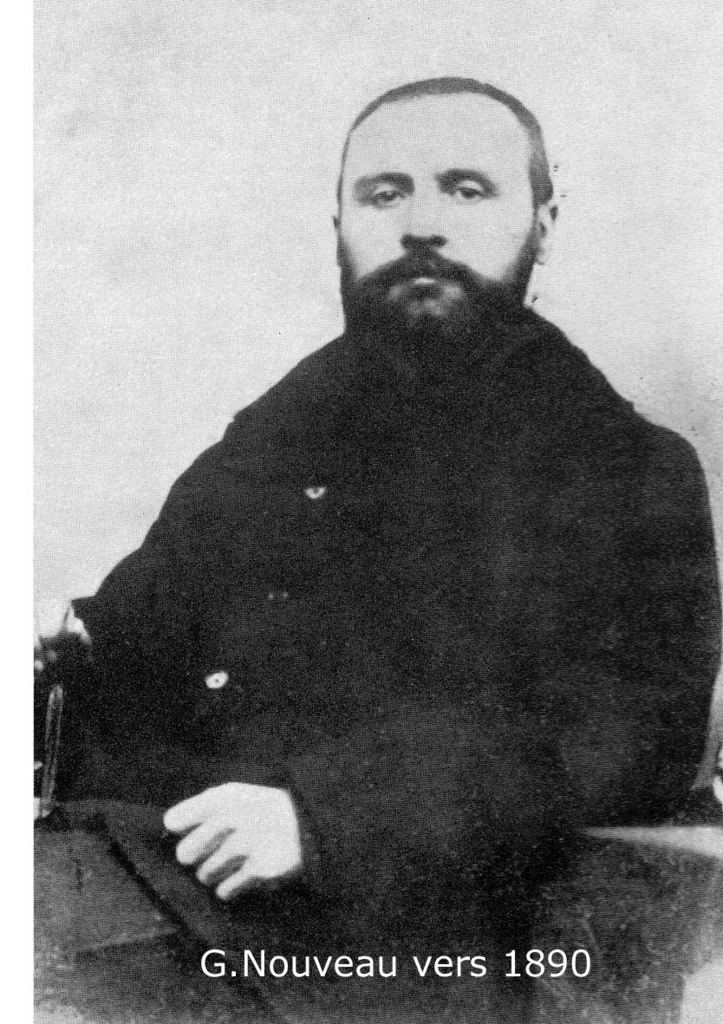
Germain NOUVEAU – Le Mendiant étincelant (France Culture, 1974)
Early life
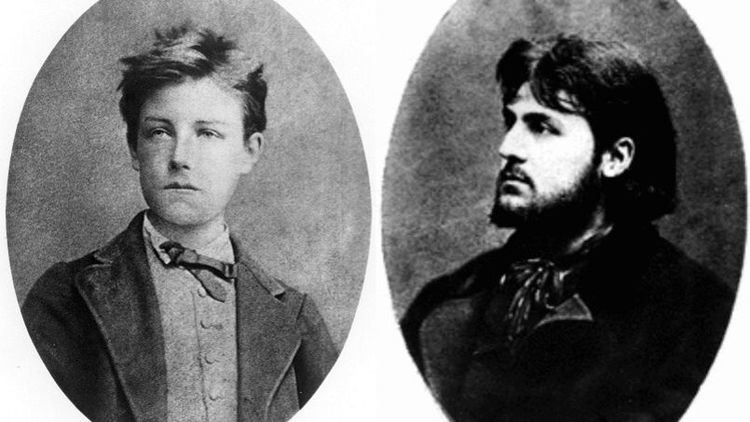
Germain Nouveau was born on 31 July 1851 in Pourrières, Var, in France. He was one of four children of Felicien Nouveau (1826–1884) and Marie Silvy (1832–1858). His mother died before he was seven years old, and he was raised by his grandfather. He spent most of his childhood at Aix-en-Provence, and he moved to Paris in the fall of 1872.
Early career
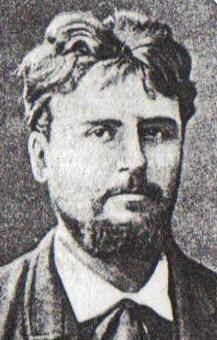
In Paris in 1872 he published his first poem, "Sonnet of Summer," and he discovered the work of poets Verlaine and Rimbaud. At the end of 1873, he met Rimbaud in person, and together they went to England in March, 1874. He lived with Rimbaud in London at 178 Stamford Street before returning to Paris alone three months later.
Mid-Career, Travel, and Mental Illness
Nouveau travelled to Belgium and the Netherlands, and in 1875 in Brussels he received from Verlaine the manuscript of Rimbaud's Illuminations. He returned to London where he met Verlaine, who became a long-time friend. In 1878, Nouveau contributed to the French periodicals Le Gaulois and Le Figaro under the pseudonym Jean de Noves (one of many noms de plume he used), before travelling to Beirut in 1883. When he returned home, he taught in a lycee in Paris before being struck by a mysterious mental illness in 1891 and spending several months in a mental hospital.
Religious Conversion and Pilgrimage
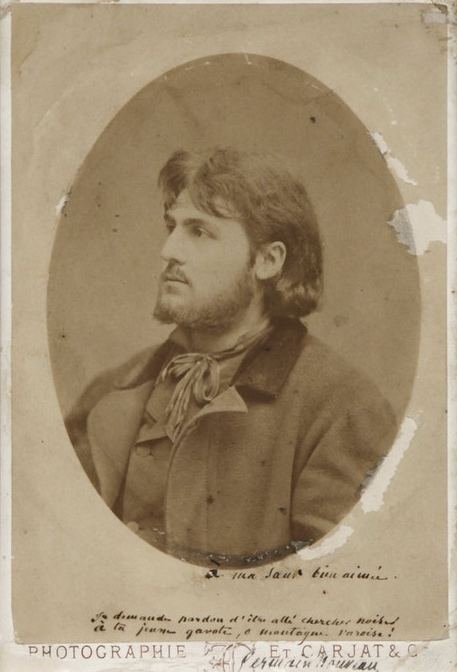
After his mental breakdown, Nouveau voluntarily embarked upon a life of poverty, modelling himself after Saint Benoît-Joseph Labre. He travelled to Rome and made a pilgrimage to Santiago de Compostela before returning to the village of his birth in 1911, where he died in 1920.
